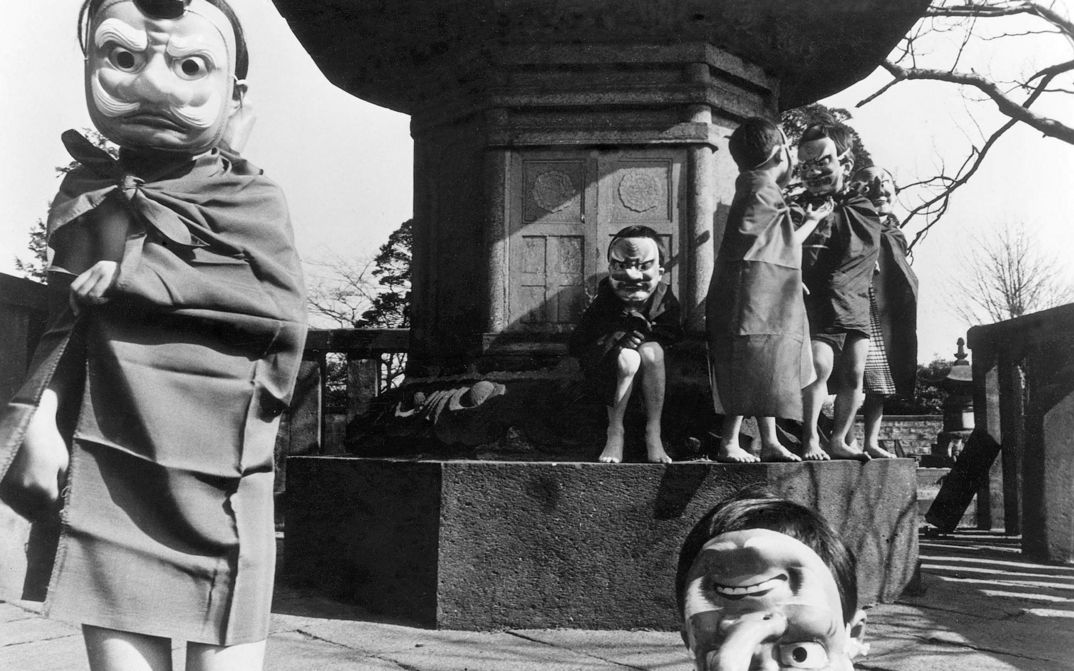Between Golden Age and Nouvelle Vague – New Perspectives on Japanese Film History

With its immense richness and staggering variety of cinematic forms and styles, the history of Japanese film may seem like a veritable universe unto itself. This is especially true of the 1960s, when the golden age of 1950s Japanese cinema crossed paths with the Nouvelle Vague. Of the great abundance from this period, only a small fraction has received attention in the West and been recognized for its fundamental contributions to global film history. The comprehensive program of “Between Golden Age and Nouvelle Vague: New Perspectives on Japanese Film History” shines the spotlight on select works from filmmakers lesser-known in the West, thus broadening perspectives on Japanese film from this period. (While female directors were rare in Japan at the time, one of them, Kinuyo Tanaka, was the subject of an Arsenal retrospective in 2022.)
Although Japanese cinema reached its zenith in the late 1950s and early ‘60s, a profound turning point was arising at the same time. Audience figures peaked in 1958 and the number of film productions in 1960. As in Hollywood and the European film industry, however, the boom in television heralded troubled times for movie theaters and the established models of film production. This period of crisis and upheaval led to the emergence of a completely new cinema, whose makers rebelled against the culture of their former teachers, tackled once-taboo topics—sex in particular—with experimental gusto, broke new aesthetic and narrative ground, and shattered social norms. Japan’s Nouvelle Vague also took shape in the major studios, at least in its early days. Shochiku, for example, enabled young directors to make their first films in search of new audiences even if they soon struck out in search of greater freedom, which they found with the Art Theatre Guild founded in 1962.
Some of the directors presented here, among them Kenji Misumi and Tomu Uchida, were rooted in classic filmmaking yet created their best and most interesting work parallel to the films of the Nouvelle Vague. Others, such as Masaki Kobayashi or Kaneto Shindo, can be regarded as important pioneers of the movement. The game-changing work of Hiroshi Teshigahara and Susumu Hani was meanwhile created entirely outside the studio system. What they all have in common is their important place within Japanese film history.
The series is sponsored by Berlin’s Capital Cultural Fund and is being held in cooperation with the Japan Foundation.


